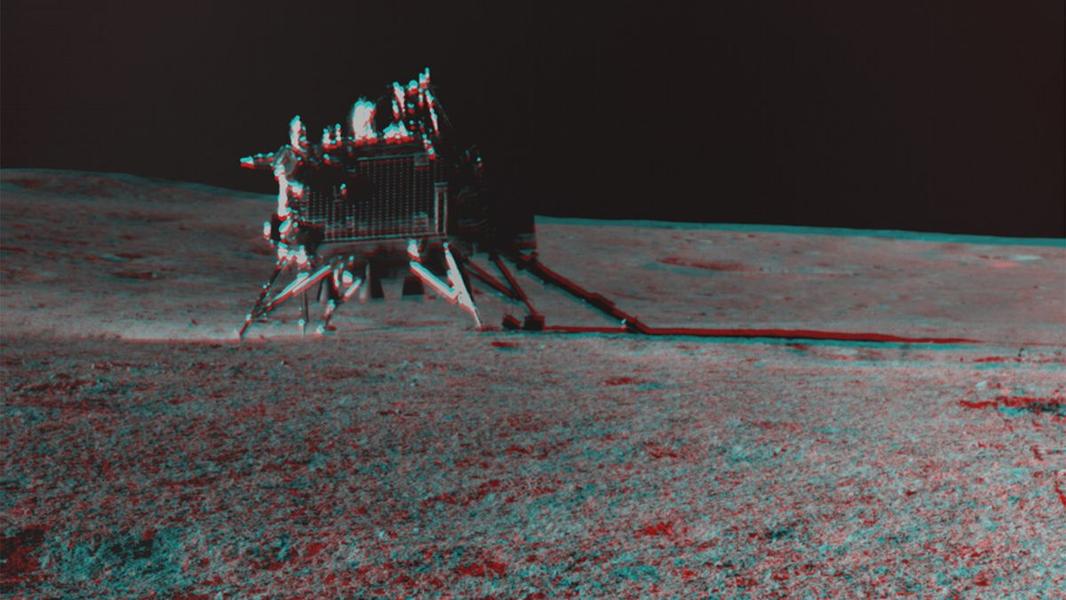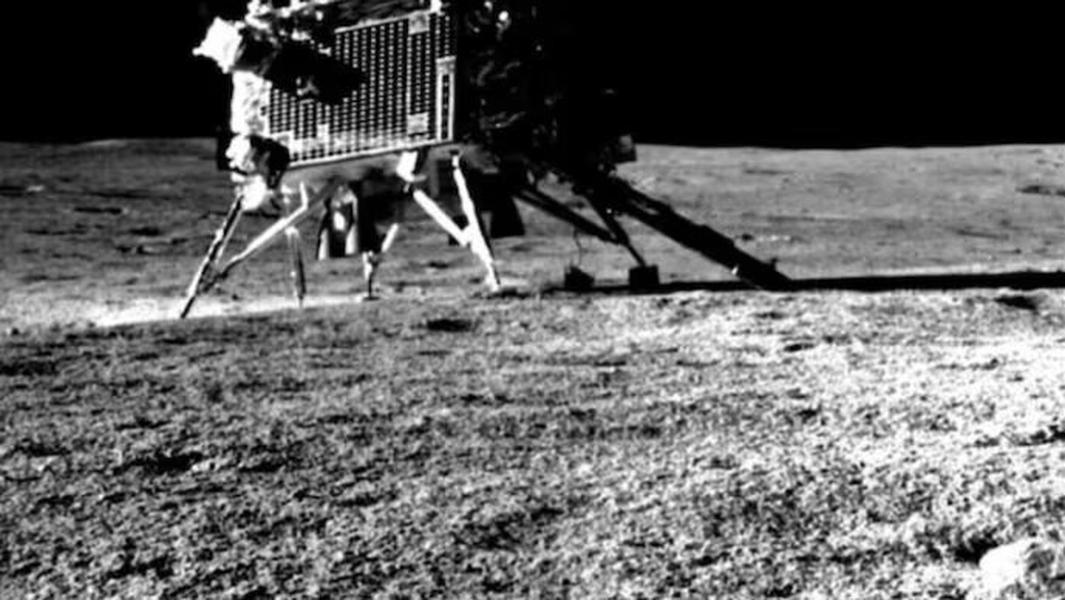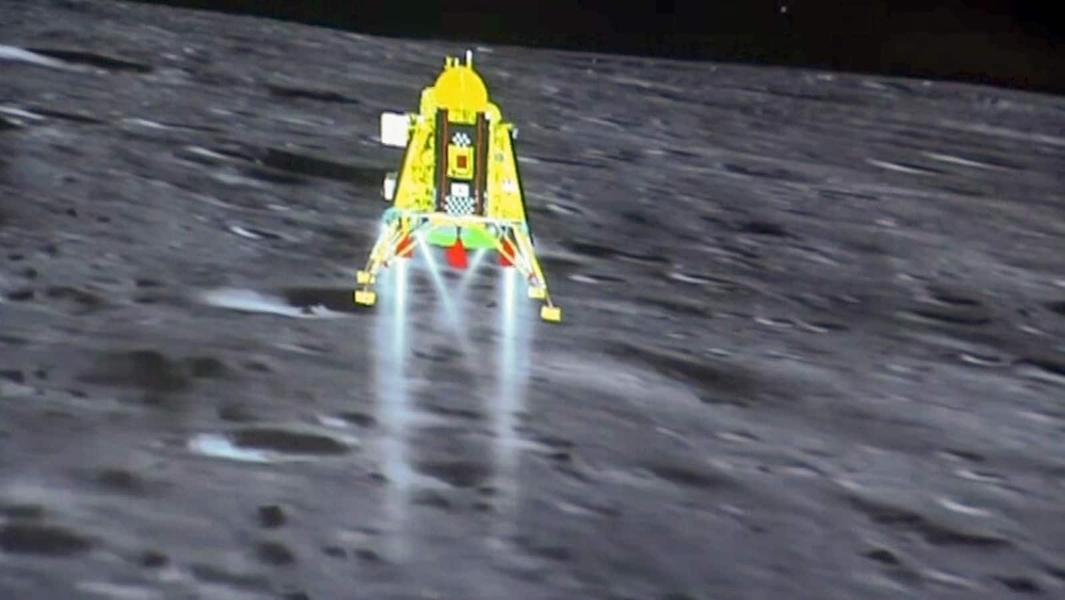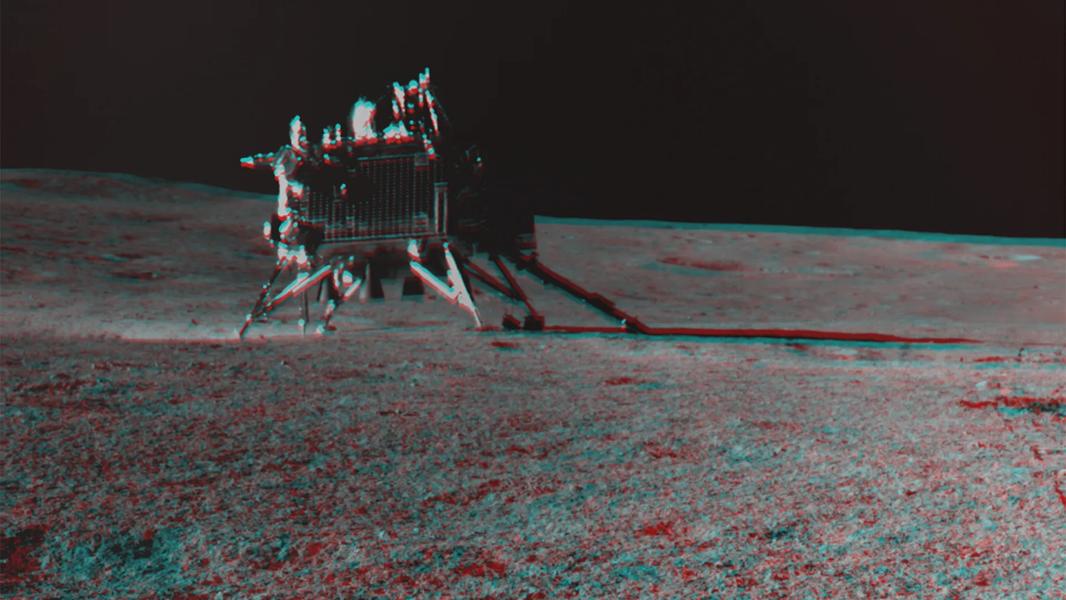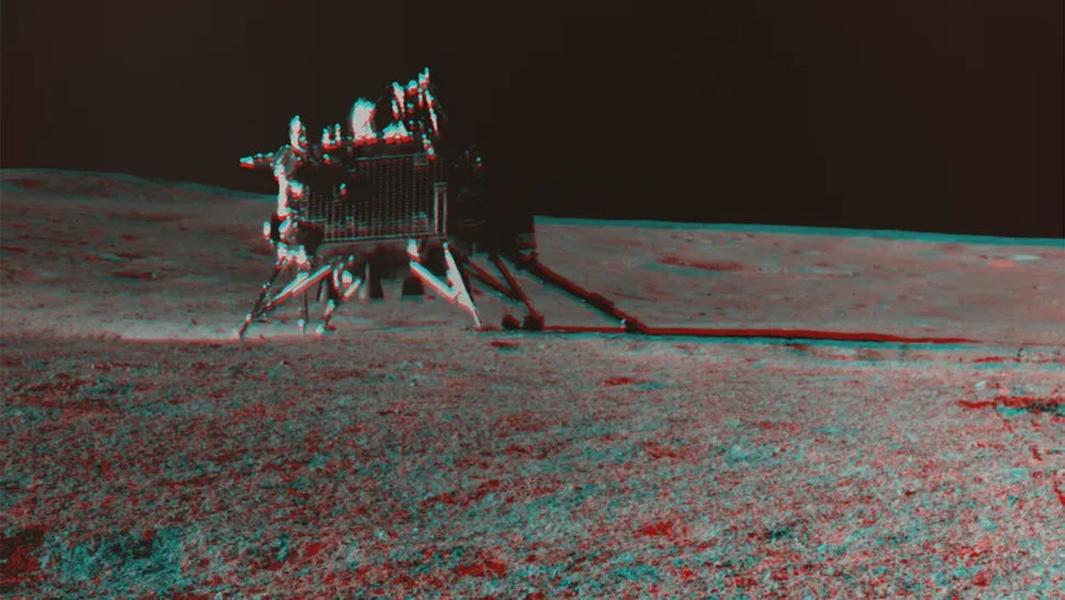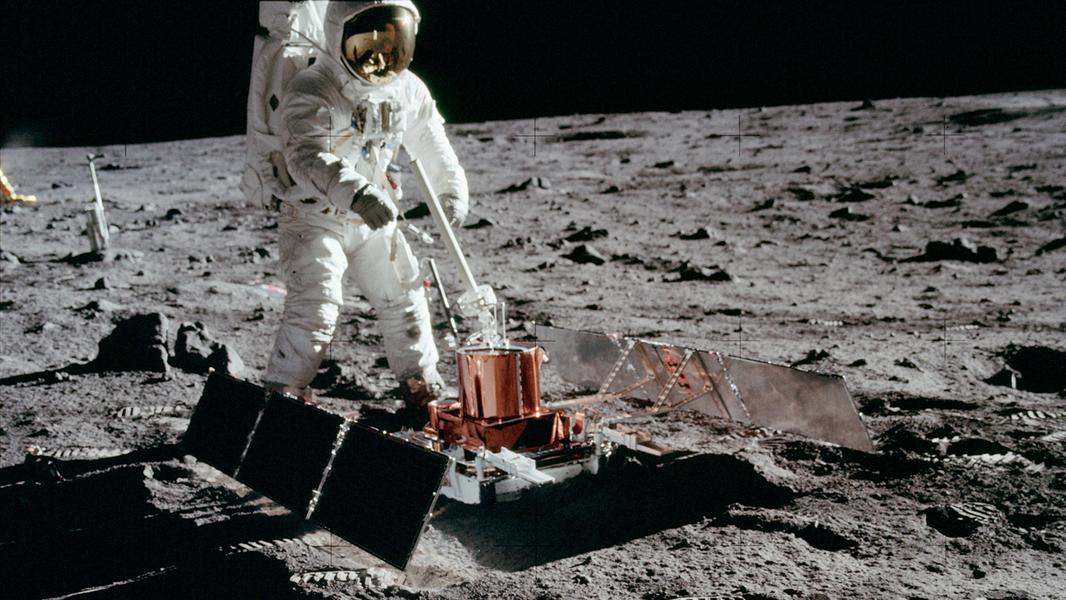What are the implications of detecting seismic activity on the moon?
The implications of detecting seismic activity on the moon are significant. Firstly, it suggests that the moon is not a static and dormant celestial body, but rather a dynamic and geologically active one. This challenges our previous notions of the moon as a lifeless and unchanging environment. Secondly, the detection of moonquakes provides valuable information about the moon’s internal structure. By studying the seismic data, scientists can gain insights into the composition, density, and formation of the moon’s core and crust. This knowledge is crucial for understanding the moon’s evolution and its relationship to other celestial bodies. Finally, detecting seismic activity on the moon opens up new avenues for exploration and research. It encourages scientists and space agencies to further investigate the moon’s geological processes and potential resources.
How will the detection of moonquakes impact future moon missions and settlements?
The detection of moonquakes will have a significant impact on future moon missions and settlements. Firstly, it will help in selecting suitable landing sites for future missions. By analyzing the seismic data, scientists can identify regions that are relatively stable and less prone to moonquakes, ensuring the safety of astronauts and equipment. Secondly, the detection of moonquakes will aid in designing structures for lunar settlements. Understanding the frequency and intensity of moonquakes will enable engineers to develop robust and resilient habitats that can withstand lunar seismic activity. Additionally, the detection of moonquakes will also guide resource exploration on the moon. By studying the seismic activity, scientists can identify areas with potential underground reservoirs of water, minerals, and other valuable resources. This information will be crucial for future lunar mining and sustainable resource utilization. Overall, the detection of moonquakes will inform and shape the planning, design, and execution of future moon missions and pave the way for long-term human presence on the moon.
What can the presence of sulfur and other elements at the lunar South Pole tell us about the moon’s formation?
The presence of sulfur and other elements at the lunar South Pole provides valuable insights into the moon’s formation. Firstly, it suggests that the moon’s formation involved processes different from those of Earth. The abundance of sulfur indicates that volatile elements were present during the moon’s accretion, possibly due to the moon forming in a region rich in volatile-rich materials. This challenges the traditional hypothesis that the moon formed from the debris of a giant impact between Earth and a Mars-sized body. Secondly, the detection of sulfur and other elements at the lunar South Pole hints at the moon’s volcanic and geothermal activity in the past. The presence of these elements suggests the existence of lunar magma reservoirs and volcanic processes. Studying the composition and distribution of these elements will contribute to our understanding of the moon’s geologic history and the processes that shaped its surface. Furthermore, the presence of sulfur and other elements can provide insights into the moon’s relationship with the Earth. By comparing the isotopic composition of sulfur on the moon and Earth, scientists can gain knowledge about the moon’s origin and its connection to our planet. In summary, the presence of sulfur and other elements at the lunar South Pole offers important clues about the moon’s formation, its volcanic history, and its relationship with Earth.
Full summary
India's moon rover, part of the Chandrayaan-3 mission, has made a groundbreaking discovery. The Instrument for Lunar Seismic Activity (ILSA) attached to the Vikram lander detected seismic activity on the moon's surface on August 26. This detection is significant as it indicates ongoing geological activity on the moon.
Seismic activity on the moon was previously detected during the Apollo lunar missions between 1969 and 1977, but this is the first time moonquakes have been detected since then. The moonquake detection by India's rover unveils new insights into the moon's geological structure.
The Indian Space Research Organisation (ISRO) is currently investigating the source of the event. It is speculated that the seismic activity on the moon could be caused by thermal activity from the Sun or tidal stresses from Earth.
Vikram, the lunar lander, landed on the moon's south pole on August 23. This historic achievement makes India the fourth nation to successfully land on the moon.
The Chandrayaan-3 mission aims to expand our understanding of the moon and its formation. The recent discoveries made by the mission are groundbreaking. Chandrayaan-3's Pragyan rover confirmed the presence of sulfur and other elements at the lunar South Pole, providing valuable insights into the moon's makeup.
The detection of moonquakes and the analysis of the seismic data help scientists unravel the mysterious interior of the moon. It is believed that the moon's core is similar to Earth's, with a solid iron-rich inner core and a primarily liquid-iron outer core. The presence of light elements such as sulfur in the moon's core has also been suggested.
The moon's internal structure has implications for developing accurate models of its formation. The recent discoveries shed light on the evolution of a lunar dynamo, a process by which the moon may have generated and maintained its own strong magnetic field.
Further studies and investigations are required to determine the source and causes of the moon's seismic activity. The Chandrayaan-3 rover and lander are currently in sleep mode and will resume operations when the lunar 'night' ends.
Moonquakes provide valuable information about the internal structure of planets and satellites. The findings from this mission not only contribute to our understanding of the moon but also have implications for future moon missions and settlements.
India's achievement in lunar exploration is remarkable. The discoveries made by the Chandrayaan-3 mission and the detection of moonquakes further solidify India's position in space exploration. The mission has expanded our knowledge of the moon, and its findings pave the way for future scientific endeavors and advancements in lunar exploration.
The moon is no longer an enigmatic celestial body but a realm of possibilities for scientific exploration and space research. With each mission, we uncover more secrets of the moon and gain a deeper understanding of our universe.


